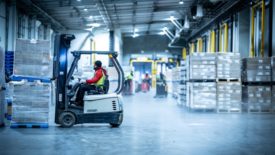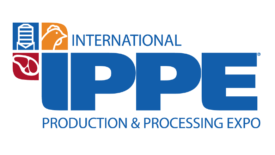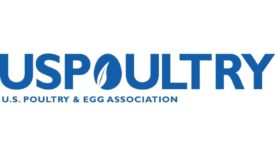Meat and Poultry Processing
The labor department asks for a nationwide temporary restraining order and injunction against Fayette Janitorial Service LLC.
Read More
Tech Topics
Processors' cold storage strategy should reflect their go-to-market strategy
Utilize cold storage close to production or close to customers.
Read More
USDA and Georgia ag department offer $7.1 in grant funding
Georgia accepts applications for this funding through March 29, 2024.
Read More
IPPE 2024 sets three new records
IPPE sets a new record with 9,063 international visitors from 133 countries.
Read More
Colorado ag department offers $3 million in RFSI funding
Grant applications should be submitted online by March 7, 2024.
Read More
Feed Mill Management Seminar focuses on efficient, effective mill management
The seminar is set for March 7–8 at the Embassy Suites by Hilton Downtown in Nashville.
Read More
Chris Perdue highlights Air Fryer Ready Crispy Wings
Perdue discusses the inspiration behind Air Fryer Ready Crispy Wings.
February 8, 2024
Independent Thoughts
Take a big picture approach to automation
Processors must think of automation as a complete system and not a collection of independent functions.
Read More
NASDA members call for federal support of state meat inspection programs
NASDA members urge Congress to require USDA’s FSIS to provide at least 50% funding match to state departments of agriculture.
Read More
Nelson-Jameson opens new strategic distribution center
The Jerome facility is one of five Nelson-Jameson distribution centers in the US.
Read More
Get our new eMagazine delivered to your inbox every month.
Stay in the know with The National Provisioner's comprehensive coverage of the meat and poultry processing industry.
SUBSCRIBE TODAY!Copyright ©2024. All Rights Reserved BNP Media.
Design, CMS, Hosting & Web Development :: ePublishing


.png?1647275041)







